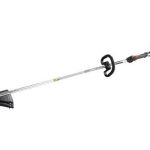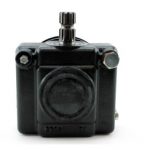We now find ourselves on the cusp of spring. You know what that means. It means its almost garden and lawn maintenance time. We all know that watering is a major aspect of both maintaining your lawn and garden. Sometimes you can actually read when your lawn needs water. And wouldn’t that help from day one of the growing season?
An important element of developing a relationship with another individual is learning what their quirks are. Over time you learn or read how a person reacts to a situation; how they may respond to a question or request; how they display confusion, anger, or joy. In other words, over a period of time, you learn how to interpret their signs and how best to respond to them.
Just as you read people as you go about your routine, you can also read your lawn to determine when to water it. It’s about knowing the signs and how to interpret them. Of course, we are now in the winter months. So there may not be much of a need to water the lawn. However, you can use this time to study the information below so that you will be ready when the watering time finally comes.
Here are some signs or quirks that your lawn displays when it needs water.
· Grass blades turn bluish-purple. This is a sign that the lawn is experiencing plant wilt.
· Footprints remain in the lawn for several hours. When grass blades have plenty of water, they snap back to their upright position. However, if the blades don’t have enough moisture, then they remain trampled down over a period of time.
· Grass blades turn brown. This means that the lawn is experiencing too high temperatures and a dry condition.
· Large ground cracks under the lawn when the grass is dormant. This occurs if the lawn experiences long periods of too much heat and a too dry condition.
· Inactivity of the lawn during the summer. Although summer dormancy is a way for your lawn to survive over time, there is no guarantee that it will recover from a browned-out period.
· Turf grass loss. This can occur during dormant periods in the summer. To prevent it experts suggest that you apply at least 1-inch of water every two or three weeks during the summer. The grass may not show it, but the action should be sufficient in providing enough hydrate for the lower grass blade portions and help to increase recovery once adequate moisture is available.
· Wet wilt. Another form of wilt, it occurs when the soil is obviously wet, but the root system can’t keep pace with evaporation. Lawns that have a shallow root system and are over-saturated are vulnerable to wet wilt on hot days when the moisture from the ground evaporates into the air. Don’t add more water when the lawn is wilting and soil moisture appears sufficient because it will starve the root zone of oxygen.
Save
Save
Save
Save
Save







